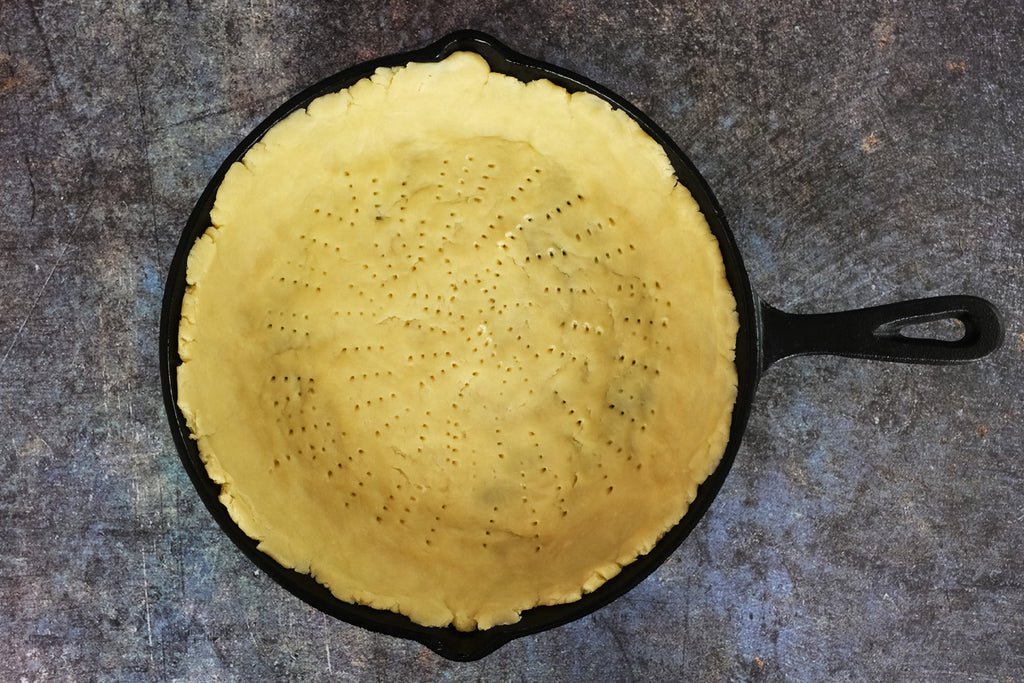Mastering the Art of Pie Crust: The Importance of Pricking Dough for Perfect Results

Discover the secret behind achieving flawless pie crusts every time. In the realm of pie baking, one simple technique stands out as a game-changer: pricking the dough. Join us as we uncover the reasons why pricking dough is crucial for achieving that coveted golden-brown crust that's both flaky and beautifully flat.
Pricking the dough of a pie crust, also known as docking, serves a few purposes:
-
Preventing Air Bubbles: When you bake a pie crust, air bubbles can form underneath the surface, causing the crust to puff up unevenly. Pricking the dough with a fork creates small holes that allow steam to escape during baking, preventing these bubbles from forming and keeping the crust flat.
-
Even Baking: Docking the dough helps ensure that the crust bakes evenly. By creating small perforations, heat can penetrate the dough more evenly, resulting in a uniformly baked crust.
-
Preventing Shrinking: Pricking the dough can also help prevent the crust from shrinking excessively during baking. Shrinking can occur due to the gluten in the dough contracting as it bakes. By docking the dough, you create weak points that allow the dough to expand and contract more evenly, reducing the likelihood of significant shrinkage.
Overall, pricking the dough of a pie crust before baking is a simple but effective technique to ensure a flat, evenly baked crust for your pie or tart.















Αφήστε ένα σχόλιο